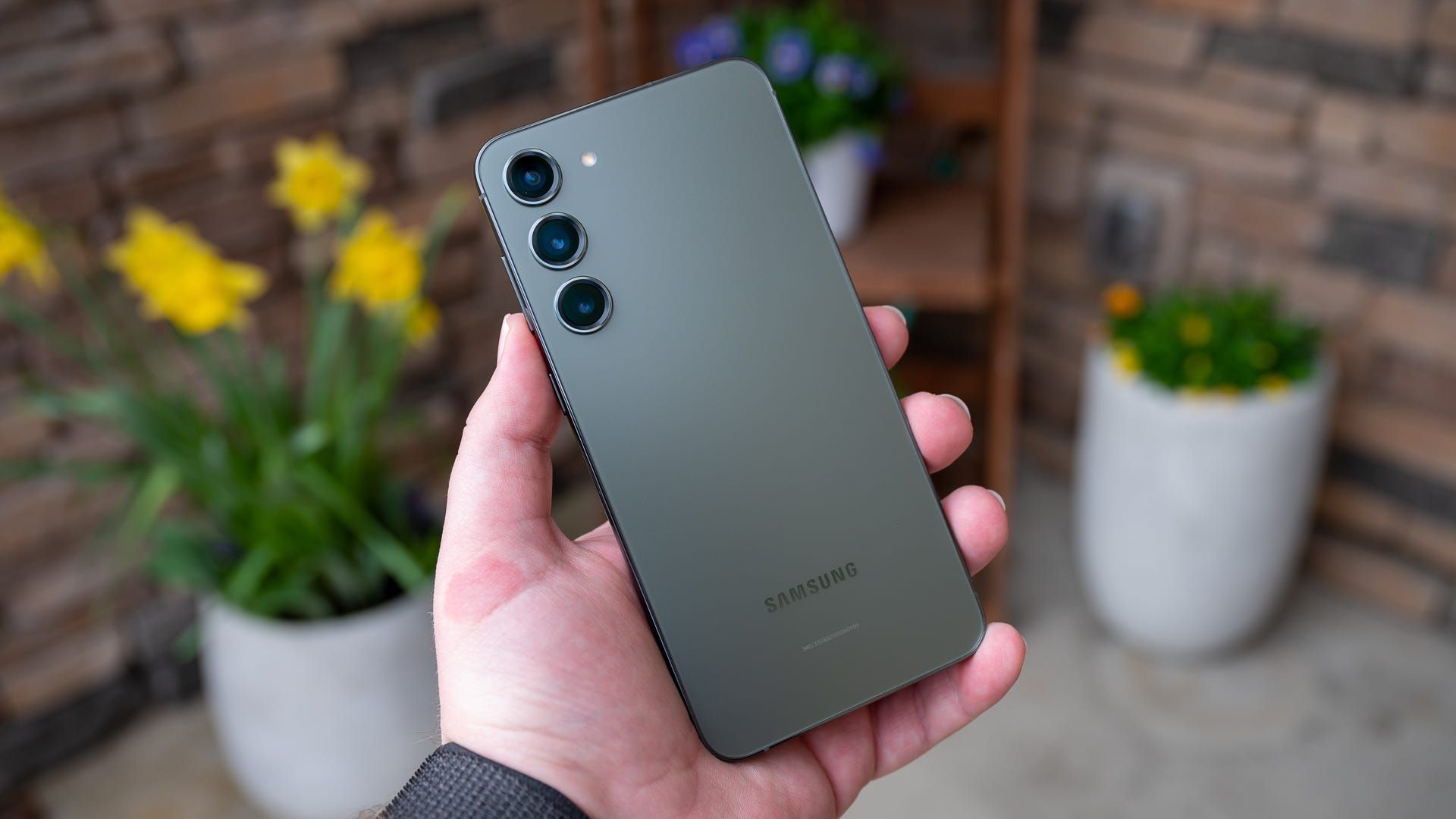There are many ways to transfer data between your phone and your PC, from plugging it in over USB to sending yourself an email. Google has been working to bring Nearby Share, the equivalent to AirDrop for Android devices, to Windows. Now the app is officially available, making it easier than ever to send files back and forth between your PC and Android devices.
Google released a stable version of Nearby Share for Windows PCs, after previously releasing a beta, allowing computers to send and receive files to and from Android phones. This is not the same thing as Microsoft’s Nearby Share, which lets you send files between Windows PCs — this is the Google-made one that works with Android. As long as you’re using a phone with Android 6.0 or higher (so basically all phones out there unless you’re using an ancient one), you should be good for using Nearby Share on your phone.
With Nearby Share, you can send photos, videos, and basically any kind of file between Windows PCs, Android phones, and Chromebooks — and all of your sharing is end-to-end encrypted, in case you’re worried about someone snooping into your files while they’re sending. You can drag and drop files from your PC to Nearby Share and immediately send it to any of your devices.
The stable version of Nearby Share is pretty similar to the beta, but it has some key changes. Namely, the app now gives you an estimated time for a transfer to be finished. Also, if you receive an image through Nearby Share, you’ll now see a preview of that image in the Windows notification. With the app now being stable, Google also says that it plans to speak with partners and PC makers to pre-install it on PCs and laptops going forward, starting with HP’s Dragonfly Pro.
If you want to check out Nearby Share on your PC, you can download Nearby Share now from Google’s website. Be mindful that you need an 64-bit x86 version of Windows 10 or Windows 11 in order to use the app — ARM laptops and PCs are not yet supported.
Source: Google





